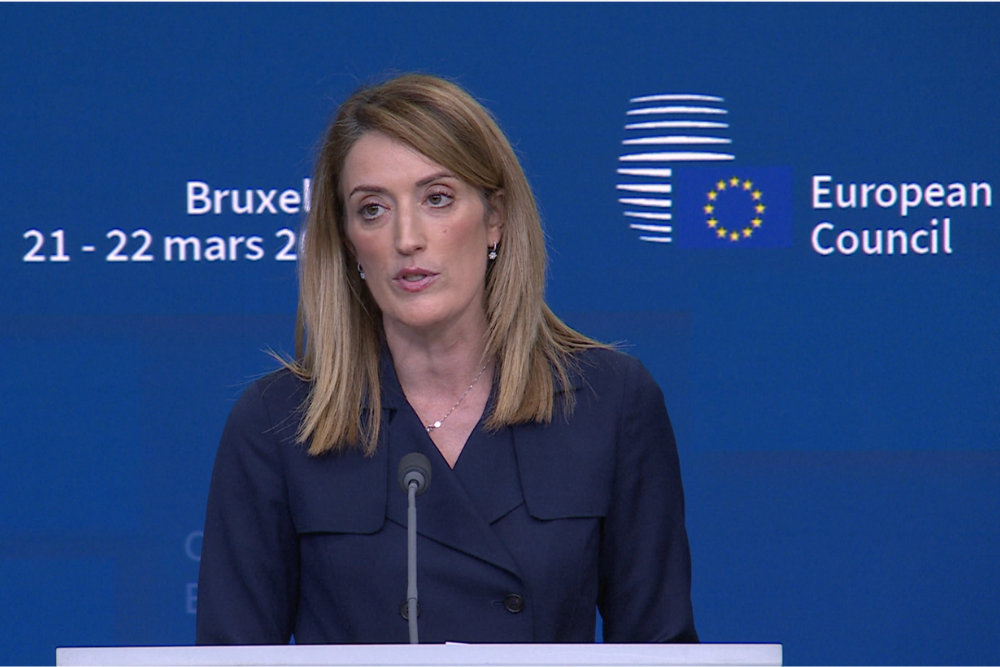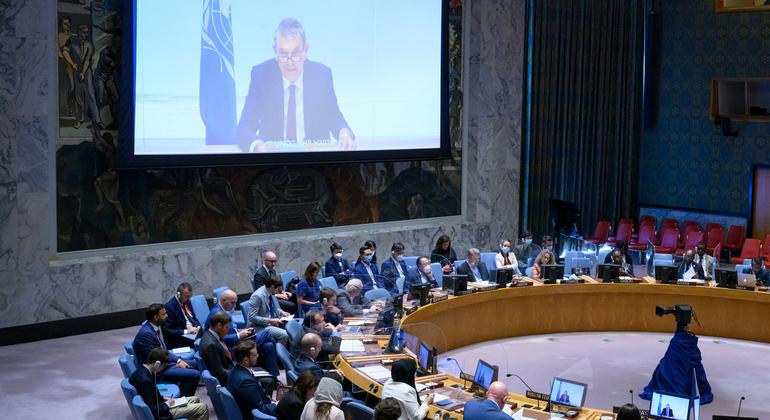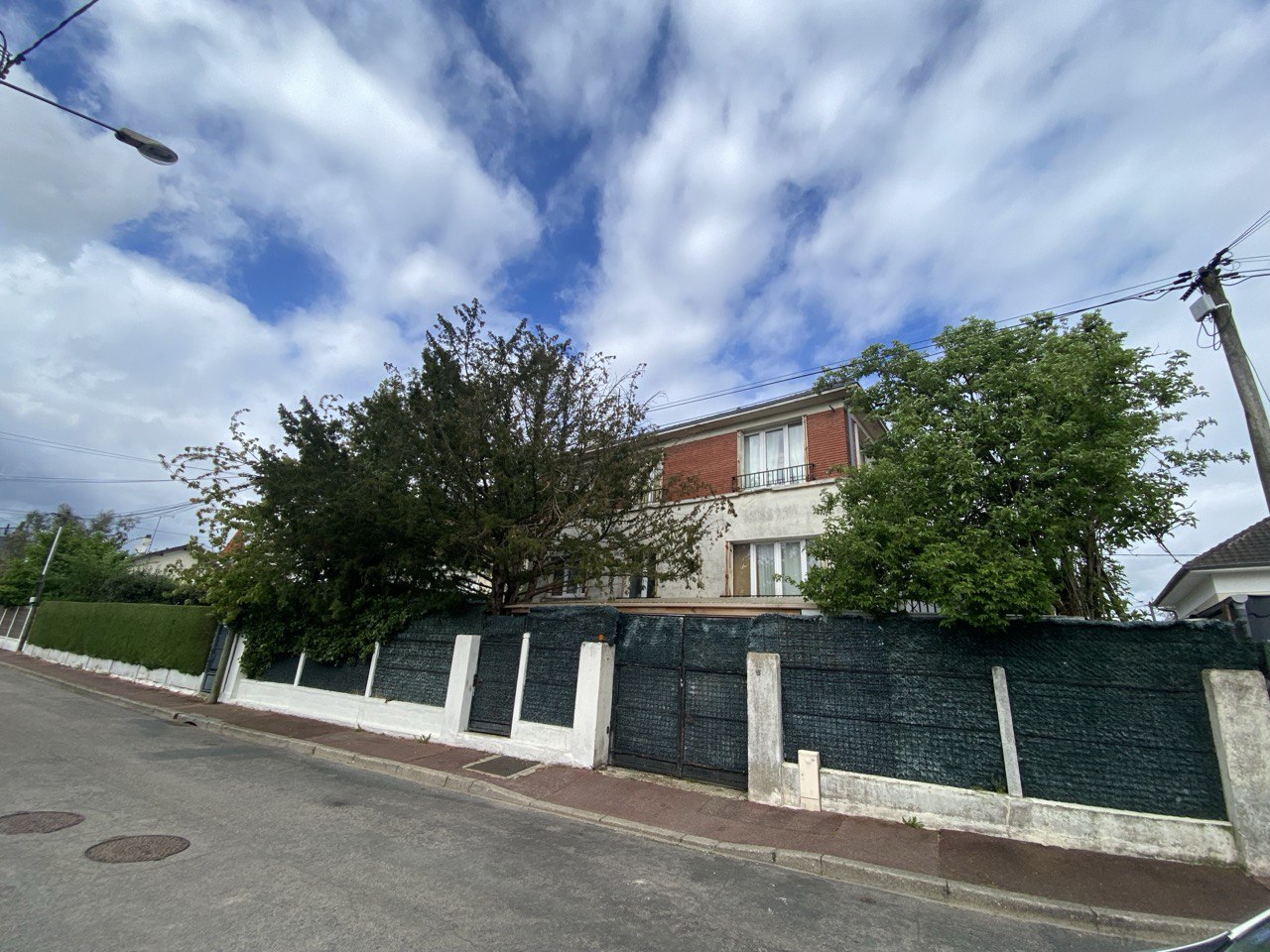Imagine this: you’re swamped with choices, bombarded with ads, and unsure who to trust. Suddenly, a friend excitedly recommends a brand they love. Bingo! That’s the power of customer advocacy in action.
Customer advocacy, where happy customers sing your praises, has always been a goldmine for brands. But today, with competition fiercer than ever, brands need a smarter way to tap into this word-of-mouth magic. That’s where customer advocacy software steps in.

Working with a laptop computer – illustrative photo. Image credit: Cottonbro studio via Pexels, free license
Role of Customer Advocacy Software
Forget boring surveys and generic testimonials. Customer advocacy software is all about turning your happy customers into brand champions! This software helps you build a community of loyal fans who rave about your brand to their friends and family, influencing buying decisions and driving new customers straight to your doorstep. It’s like having a personal army of cheerleaders, all thanks to the power of advocacy!
Customer advocacy software offers a comprehensive suite of tools that can help with:
- No More Marketing Headaches: Ditch the spreadsheets and complex setup! This software makes it easy to create, launch, and manage your advocacy program, integrating seamlessly with your existing marketing tools.
- Happy Customers, Happy You: Keep your customers feeling valued and engaged with personalized communication, tailored rewards (think exclusive discounts or early access!), and even fun gamification elements.
- Referral Sharing Made Easy: Sharing referrals with friends and family shouldn’t be a hassle. This software makes it smooth sailing with options like email blasts, social media sharing buttons, and personalized referral links.
- See What’s Working (and What’s Not): Track your program’s success with clear data and analytics. You’ll see who your top advocates are, how your efforts are impacting brand growth, and what areas might need a little tweaking.
- Everything in One Place: No more juggling different platforms! This software integrates seamlessly with your existing marketing automation tools and CRM system.
Leveraging Customer Advocacy Software for Maximum Impact
Customer advocacy software is a valuable tool, but its effectiveness hinges on a well-defined strategy. Here’s how to leverage customer advocacy software for maximum impact:
- Finding Your Fanatics: Not everyone is a cheerleader at heart. This software helps you identify your ideal advocates – the superfans who rave about your brand and have a history of positive interactions.
- Rewards That Rock: Forget generic discounts! This software helps you personalize rewards for your advocates. Think tiered programs based on referral success, exclusive early access to new products, or even unique experiences.
- Sharing Made Simple: No more clunky copying and pasting! Advocates can use software to share via social media, personalized links, or pre-written emails — all with a few clicks.
- Keeping the Spark Alive: Building advocacy is a marathon, not a sprint. This software helps you nurture relationships with your advocates. Send personalized thank-you notes for referrals, offer them exclusive content, or give them early peeks at brand updates.
- Gamify Your Advocacy: Who doesn’t love a little friendly competition? This software lets you incorporate gamification elements like leaderboards and badges. It’ll spark a fun rivalry among your advocates, motivating them to strive for higher referral goals and, ultimately, drive even more brand love.
By implementing these strategies, customer loyalty software empowers you to cultivate a loyal community of brand champions who actively promote your brand, fostering organic growth and sustainable brand loyalty.
H2: Data Analytics and Insights
Data is the lifeblood of any successful marketing strategy, and customer advocacy is no exception. Customer advocacy software provides comprehensive data analytics and insights to empower data-driven decision-making and optimize your program performance.
- Track Your Wins: See how your program is doing with clear data on referrals, new customers, and acquisition costs. It’s like a report card for your advocacy efforts!
- Celebrate Your Stars: Identify your top advocates and learn from their success to boost future campaigns.
- Test and Optimize: Use data to tweak your messaging, incentives, and communication for maximum impact. Think A/B testing for your advocacy program!
- Measure Value: Track the lifetime value of referral customers to see the real ROI of your program. Loyal customers from referrals means big wins!
- Personalize the Love: Segment your advocates and tailor communication and incentives for a more impactful experience.
By leveraging the data and insights offered by customer advocacy software, you can continuously refine your program, identify areas for improvement, and ensure you are maximizing the value you derive from your loyal advocates.
H2: Integration with Customer Relationship Management (CRM) Systems
Customer advocacy software is most effective when it integrates seamlessly with your existing marketing ecosystem. A crucial integration is with your Customer Relationship Management (CRM) system.
CRM systems consolidate customer data, track interactions, and provide valuable insights into customer behavior. Integrating your customer advocacy software with your CRM allows for a unified view of your customer journey:
- Automated Workflows: Streamline workflows by automating tasks like adding new advocates to your CRM based on their referral activity within the customer advocacy software.
- Targeted Communication: Utilize CRM data to personalize communication with advocates based on their purchase history, interests, and past interactions with the brand.
- Unified Customer Experience: A seamless CRM integration ensures a consistent customer experience, regardless of whether they interact with your brand through the advocacy platform or any other touchpoint.
- Improved Customer Retention: Utilize insights from both systems to identify potential churn risk and proactively engage at-risk customers with personalized offers or targeted communication through the advocacy program, potentially transforming them into brand advocates.
In conclusion, in today’s digital world, customer advocacy is no longer a fad; it’s a strategic imperative. Customer advocacy software empowers brands to cultivate a community of loyal advocates who become trusted voices, driving organic customer acquisition and brand growth.
By leveraging the functionalities offered by customer advocacy software, brands can:
- simplify program creation and management.
- nurture customer relationships and encourage advocacy.
- facilitate effortless referral sharing.
- gain data-driven insights to optimize program performance.
- seamlessly integrate with CRM systems for a unified customer experience.
Customer advocacy software empowers brands to leverage loyalty marketing and unlock the science of referrals, transforming passive customers into vocal advocates and propelling them toward sustainable success in the competitive landscape. The power of word-of-mouth marketing, amplified by customer advocacy software, builds brand loyalty and paves the way for long-term growth.














